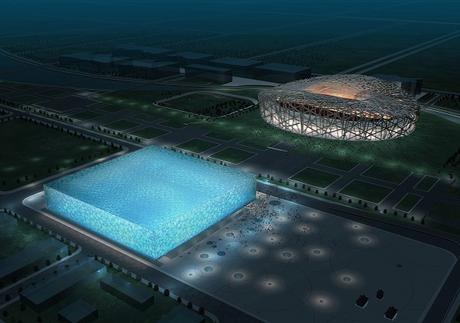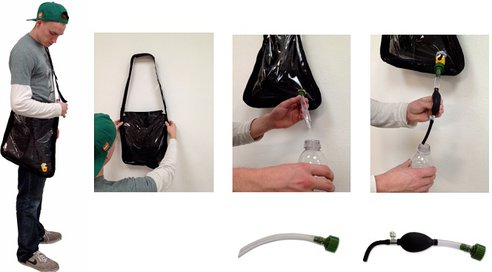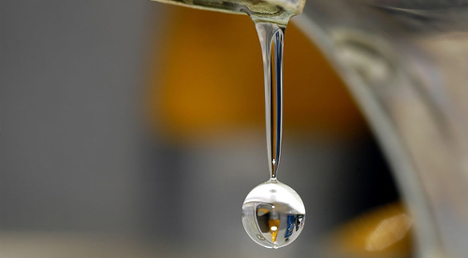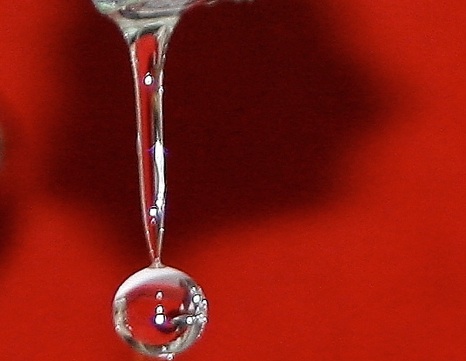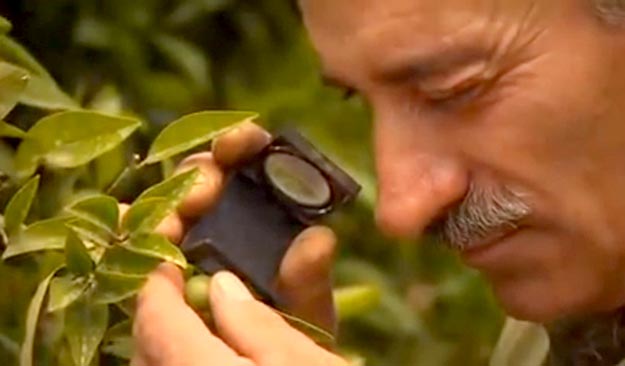It looks blue, but it’s green, and it’s here. As big, eye-catching Olympics architecture goes, nothing may be as sustainable as the Beijing National Aquatics Center, or Water Cube, the latest cutting-edge building to open on the enormous construction site that is China.
Taking the structure of soap bubbles as inspiration (and mimicking nature’s way of filling 3-d space most efficiently), PTW Architects and Arup gave the $200 million Cube an elegant, light-weight design: a rectangular box covered in iridescent bubble wrap.
But it does more than look cool. The 100,000 square meters of the Teflon-like translucent plastic ETFE that make up the building’s bubble cladding allow in more solar heat than glass, making it easier to heat the building, and resulting in a 30 percent reduction in energy costs. That’s especially important for a swimming pool, which requires an enormous amount of heating. (Though the building’s ETFE was manufactured abroad, meaning more pollution in construction than would there have been with locally available materials, designers emphasize that the energy savings are substantial, equivalent to covering the roof in solar panels.) Read more







